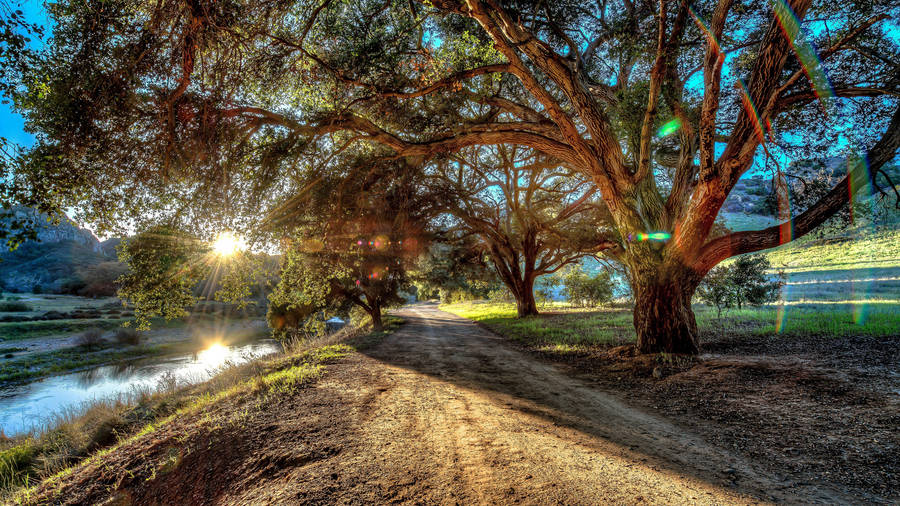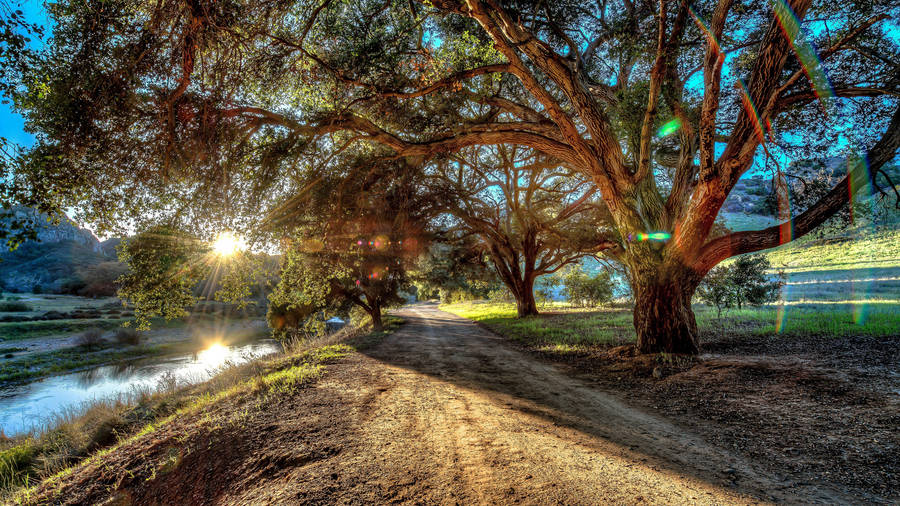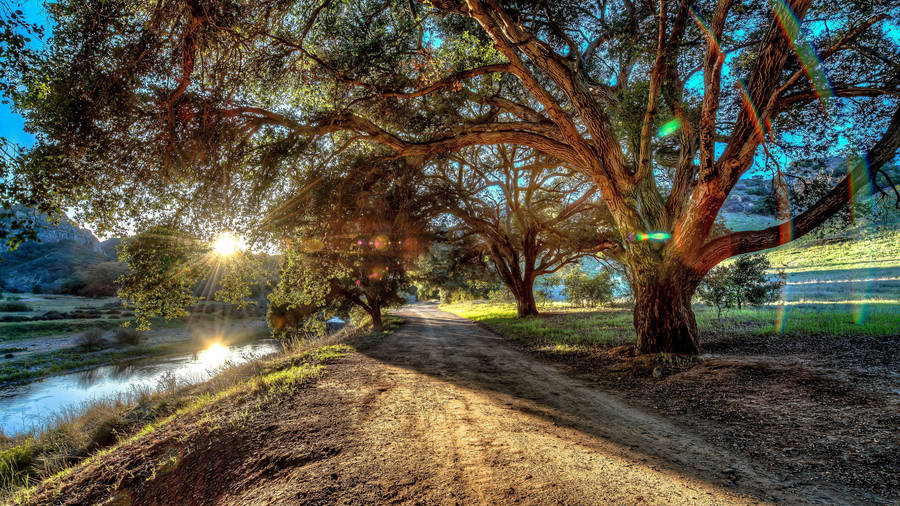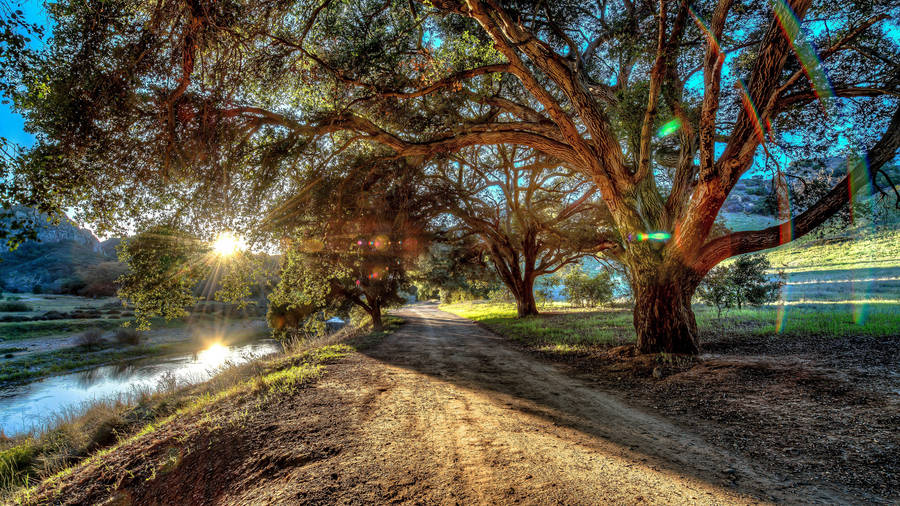Nick_Karatzides
Member
I believe that the basic CARC FS34079 “Leaf Green” colour, can be simulated with the Humbrol's H116 or Gunze Sangyo's GSH309. Because I had something different in mind and I was hoping to present more than one color tones on model's surface, I tried the FS34094 "Bronze Green" which is available by Life Color as UA303 acrylic and also got the UA706 and UA210 by Life Color too, for the basic CARC color fading and darkening mixtures.


Using the SLC - Scale Lighting effect Calculator program, I placed as basic colour the FS34079 (RGB code 62x68x54) and set parameters such as 1/35 scale, appearance of model’s surface in a scale from a “new - just painted” level to “old - paints are fade” level, according to what I had in mind, etc. The program, draw results (for example RGB code 84x90x77 which is close to FS34094) as suggested 13% scale lighting paint for the model, considering the scale effect and the mid-weathered appearance I set as data. Offcourse, the high lighted or intentional faded areas, will be enlighted more, using sand tones.

Here is the way of US M-992 FAASVs are painted, as presented into US Army's TB 43-0209 (pages 252 & 253) and TM 9-2350-267-10 Technical Manuals. As noted before, the Hellenic Army's FDCVs are not 3-tones camouflaged - they are painted with one colour only (FS34079 “Leaf Green”) known as CARC - Chemical Agent Resistant Coating, specially formulated to reduce the vehicle's IR image reflection.







From CARC paint manufacturer's brochure (page 5) found in HERE it is clear that "…MilSpray CARC touchup, creates no IR image…".
Also, in page 2 you can read: "...Key to survivability in combat is avoidance of enemy detection systems and IR homing weapons. CARC coated vehicles and equipment have signature-reduction properties that diminish the effectiveness of existing and emerging enemy detection and targeting systems. While infrared reflectivity is one element of signature-reduction, other characteristics and their particulars are considered classified information. Infrared Signature (IR) management is one of the least understood, yet most important attributes of the CARC camouflage system. Each of the colors in the camouflage system contains a special pigment package that camouflages vehicles and equipment when they are in their intended theater of operation. As an example, the 383 green color in the camouflage pattern, has an IR signature equal, or less than, that of chlorophyll. When viewed in IR, the vehicle will blend in with the wooded environment and will not create an IR signature that could be used by enemy weapons systems having IR homing technology. IR homing weapons systems can be found in MANPADs and many shoulder fired missiles…".



Using the SLC - Scale Lighting effect Calculator program, I placed as basic colour the FS34079 (RGB code 62x68x54) and set parameters such as 1/35 scale, appearance of model’s surface in a scale from a “new - just painted” level to “old - paints are fade” level, according to what I had in mind, etc. The program, draw results (for example RGB code 84x90x77 which is close to FS34094) as suggested 13% scale lighting paint for the model, considering the scale effect and the mid-weathered appearance I set as data. Offcourse, the high lighted or intentional faded areas, will be enlighted more, using sand tones.

Here is the way of US M-992 FAASVs are painted, as presented into US Army's TB 43-0209 (pages 252 & 253) and TM 9-2350-267-10 Technical Manuals. As noted before, the Hellenic Army's FDCVs are not 3-tones camouflaged - they are painted with one colour only (FS34079 “Leaf Green”) known as CARC - Chemical Agent Resistant Coating, specially formulated to reduce the vehicle's IR image reflection.







From CARC paint manufacturer's brochure (page 5) found in HERE it is clear that "…MilSpray CARC touchup, creates no IR image…".
Also, in page 2 you can read: "...Key to survivability in combat is avoidance of enemy detection systems and IR homing weapons. CARC coated vehicles and equipment have signature-reduction properties that diminish the effectiveness of existing and emerging enemy detection and targeting systems. While infrared reflectivity is one element of signature-reduction, other characteristics and their particulars are considered classified information. Infrared Signature (IR) management is one of the least understood, yet most important attributes of the CARC camouflage system. Each of the colors in the camouflage system contains a special pigment package that camouflages vehicles and equipment when they are in their intended theater of operation. As an example, the 383 green color in the camouflage pattern, has an IR signature equal, or less than, that of chlorophyll. When viewed in IR, the vehicle will blend in with the wooded environment and will not create an IR signature that could be used by enemy weapons systems having IR homing technology. IR homing weapons systems can be found in MANPADs and many shoulder fired missiles…".














































































